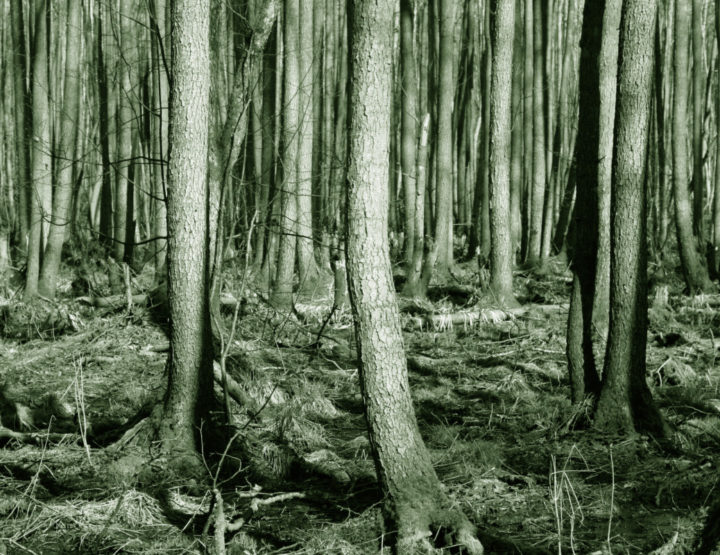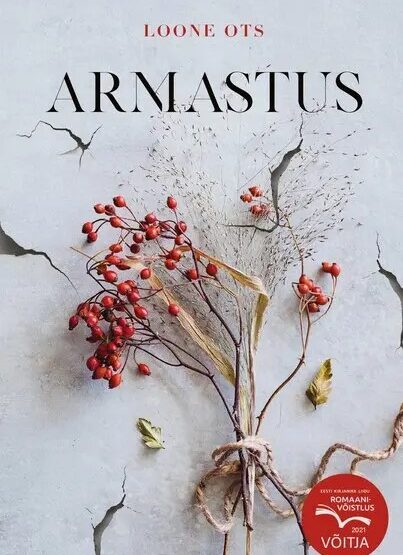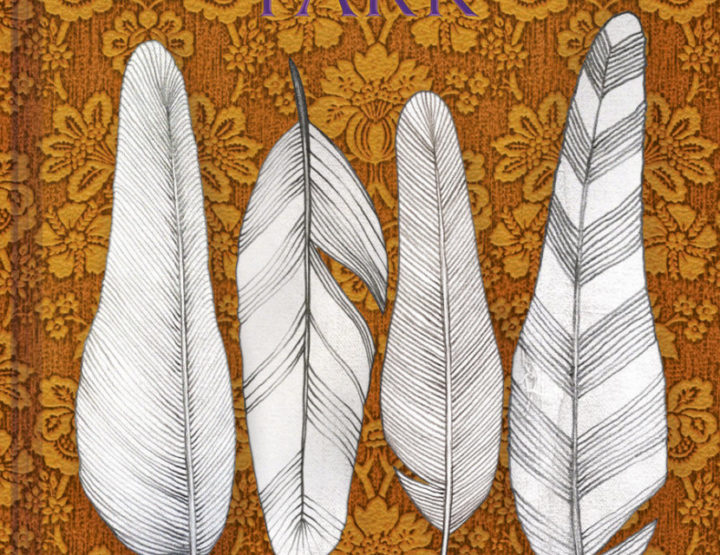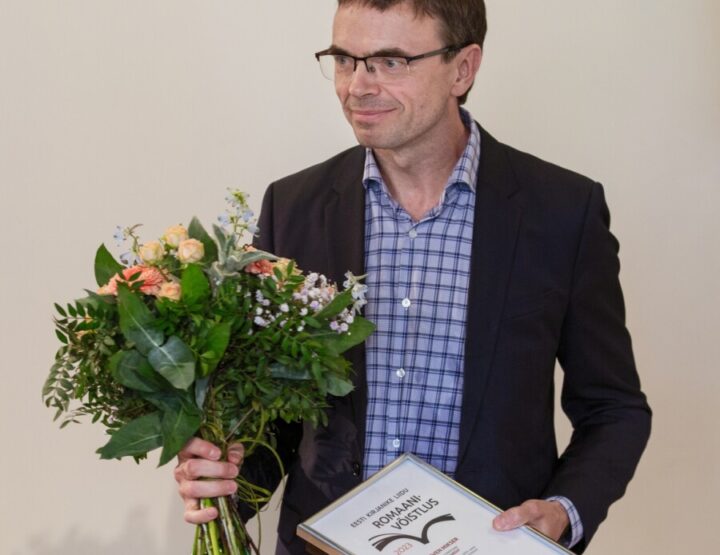It’s easy to summarize Kai Aareleid’s novel Pacific Ocean in just a few words: Stella, the protagonist, is cheated on by her husband Anders. Her mother, Emma, had a lover alongside Stella’s father, who in turn had an affair and another child with a second woman. The simple setup is enough for the author to weave a whole universe of relationships and stage scenes that are electric with tension; encounters where something is seemingly conveyed, but most things go unspoken.
Aareleid’s work opens portals to various eras: years when Stella’s mother was young, and flashes of the present in which Stella and her husband reside in St. Petersburg. Straying from the mess of human connections is Anders’s storyline, a writer who binds the underlying themes into a metaphorical whole.
The book opens with a scene from St. Petersburg in March: Stella is standing upon a bridge, chunks of river ice are knocking against the supports, and she wonders if they’ll melt by spring. “Frozen” is a word that can also be used to describe her marriage. She and Anders always seem to avoid the thoughts that fill their minds whenever they converse. Everything that truly matters is hidden, veiled in secrecy. Secrecy is also conceptual: the heart of another dimension seems to beat throughout the novel – not necessarily loftier than what is seen and heard, but parallel to the characters’ existence.
Aareleid’s style is that of a sculptor working with words as material. The protagonist’s mind operates in an unusual way when she observes her mother meet a familiar stranger in the northern metropolis; “Stella knows that, later, she will remember the scenes in which all logical explanations run out as sculptures. They are like a flurry of freeze-frames shown in rapid progression, giving the impression of motion, but too brief to allow for interpretation or give meaning.” (p. 47)
Pacific Ocean is about the intrinsically human yearning for love and its painful collision with the mundanity of life. An overarching air of sadness inevitably makes the story melodramatic. This is not a disadvantage to the story, however, as Aareleid keeps a steady hand as she sculpts a reality that impedes romance. Significant details can come in the form of a crow landing on a branch or a gust tugging at the hem of a passerby’s hood. In one of the most poignant episodes, Emma, who works as a doctor, works to perform a caesarian section on her husband’s mistress, thus aiding in the delivery of the pair’s daughter, Mari.
Aareleid’s writing is meticulously well-structured and has the “accomplished arc” of an artist completing a drawing. Abstaining from excessive detail, she demonstrates how relationships can crumble to dust and shadows. These are sorrowful dissolutions, but the sorrow is clothed in dignity and celebration. She seems to say that even hidden love can be precious, even when cruelly crushed by circumstance. Pacific Ocean is saturated with layers of meaning that shine a light not only upon human relationships, but on the commonalities that surround them.
Kai Aareleid
Vaikne ookean / Pacific Ocean
Varrak, 2021, 288 pp.
ISBN 9789985352434





